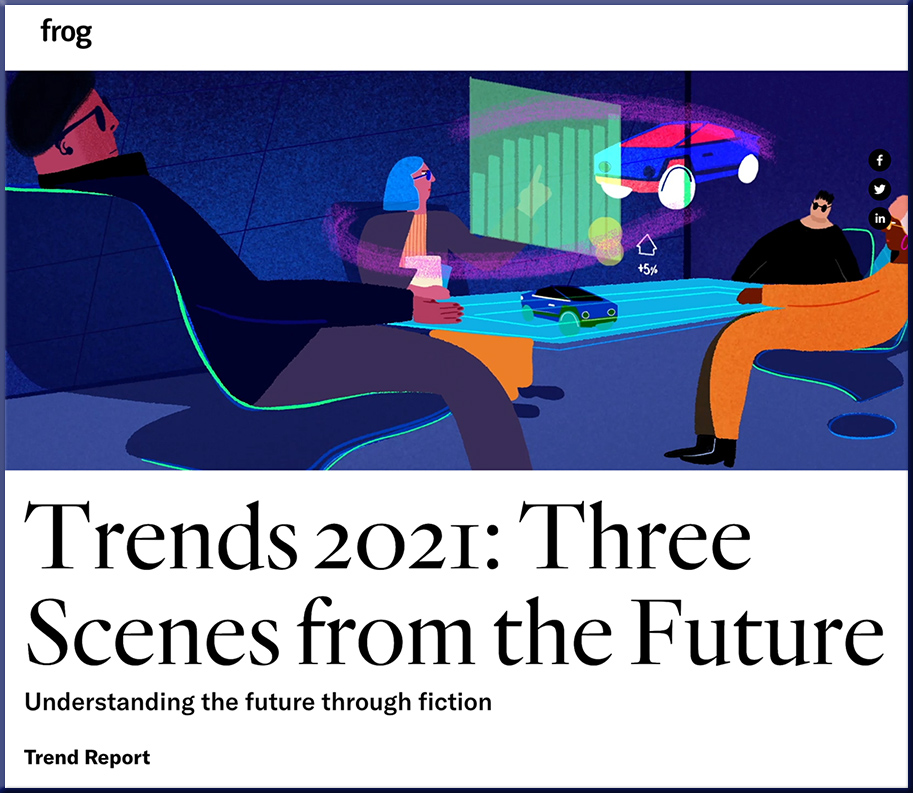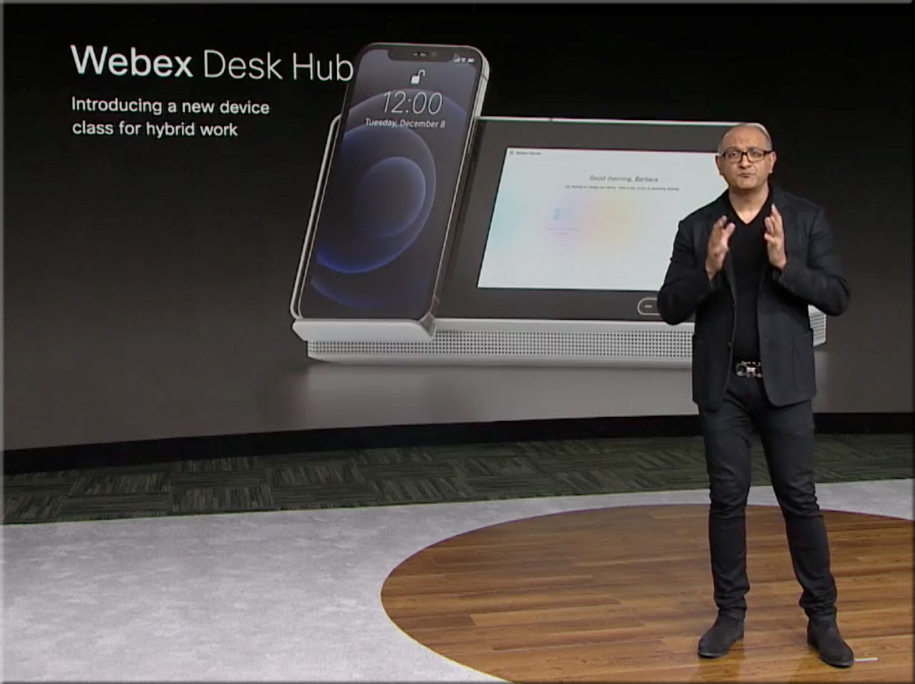From DSC:
THIS is incredible technology! Check out the Chroma-keying technology and the handwriting extraction feature of the Sony Analytics appliance.
From Sony’s website (emphasis DSC):
No matter where the speaker is standing, the Handwriting Extraction feature ensures that any words and diagrams written on a board or screen remain in full view to the audience — via AR (augmented reality).
Even if the speaker is standing directly in front of the board, their ideas, thinking process, and even their animated presentation, are all accessible to the audience. It’s also easy for remote viewers and those playing back the presentation at a later date to become immersed in the content too, as the presenter is overlaid and the content is never compromised.
Also, the chroma keying tech can be useful/engaging as well.
I saw this at IUPUI’s recent webinar/tour of their new facilities. Here’s further information on that webinar from last Friday, 1/29/21:
Designing Large Active Learning Classrooms webinar/tour on 1/29/21 from the Mosaic Program at Indiana University; also features rooms/staff at IUPUI.
- Recording
- A recent Educause article on Innovation Hall
- A recent article on the opening of Innovation Hall
- And, a post-webinar resource…Michel Jansen wrote a report summarizing the webinar.
















